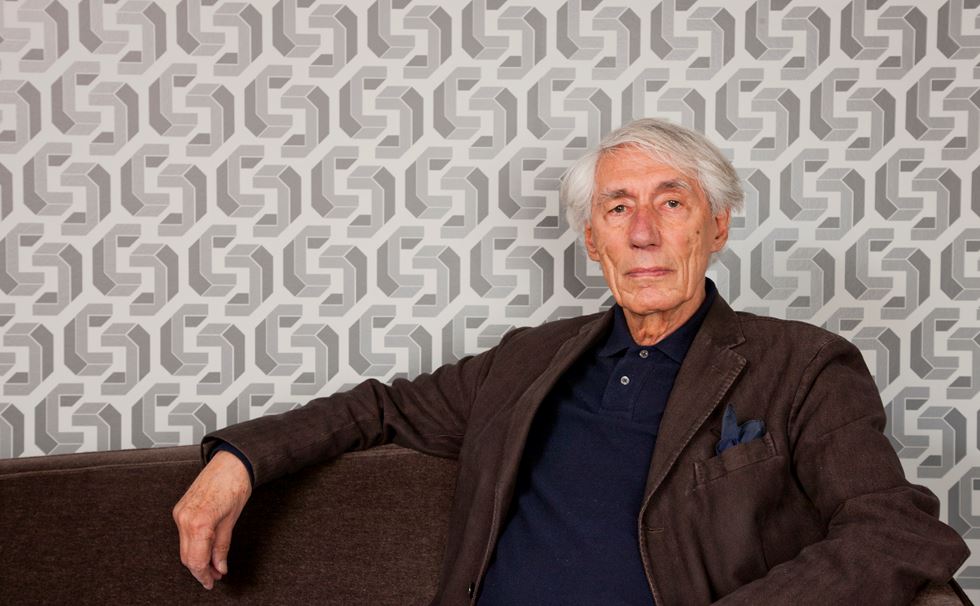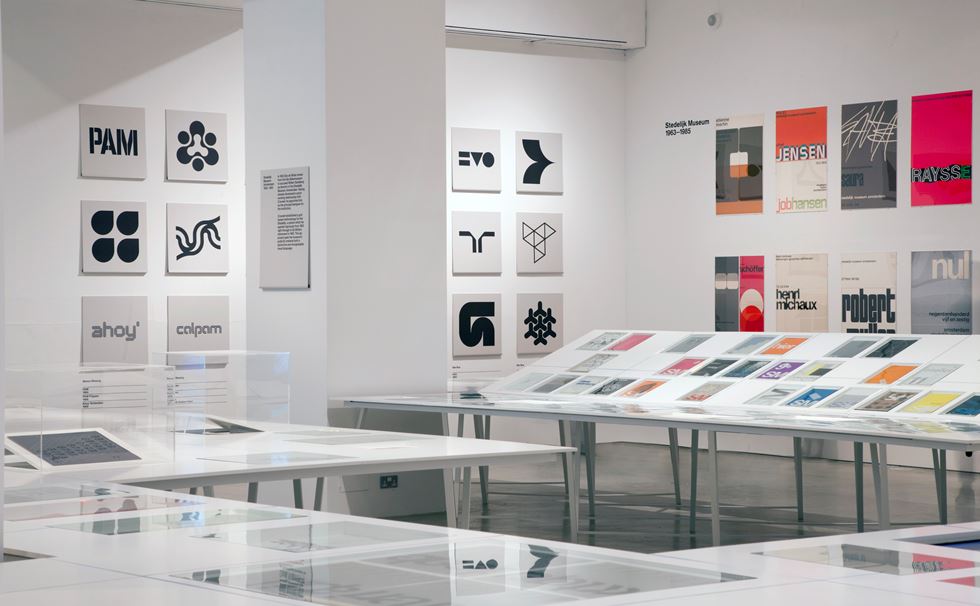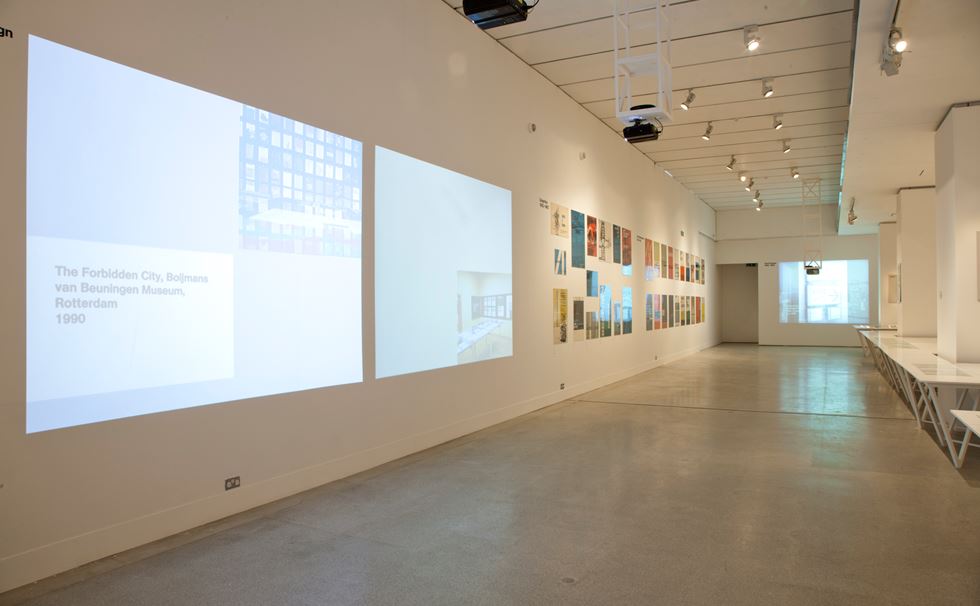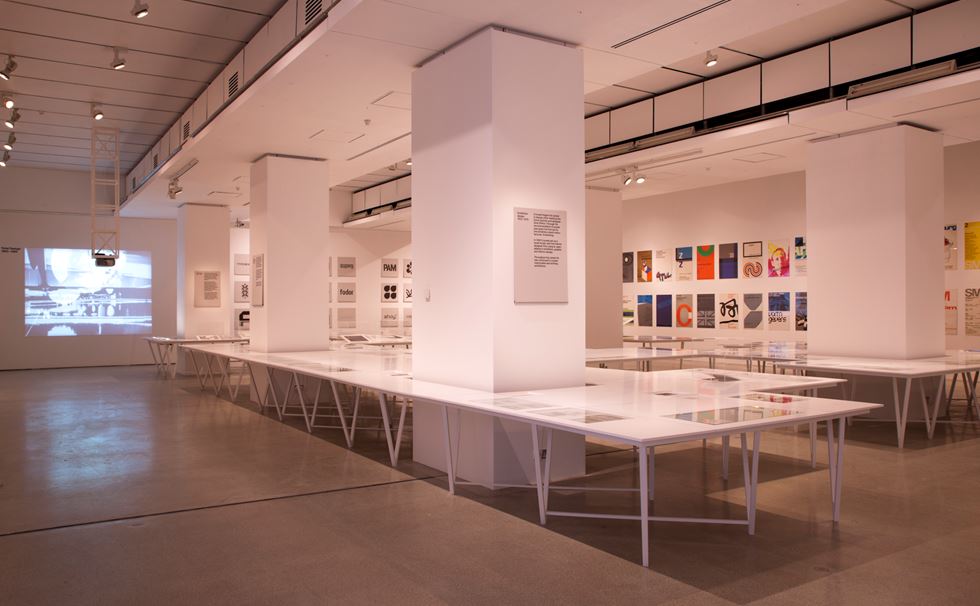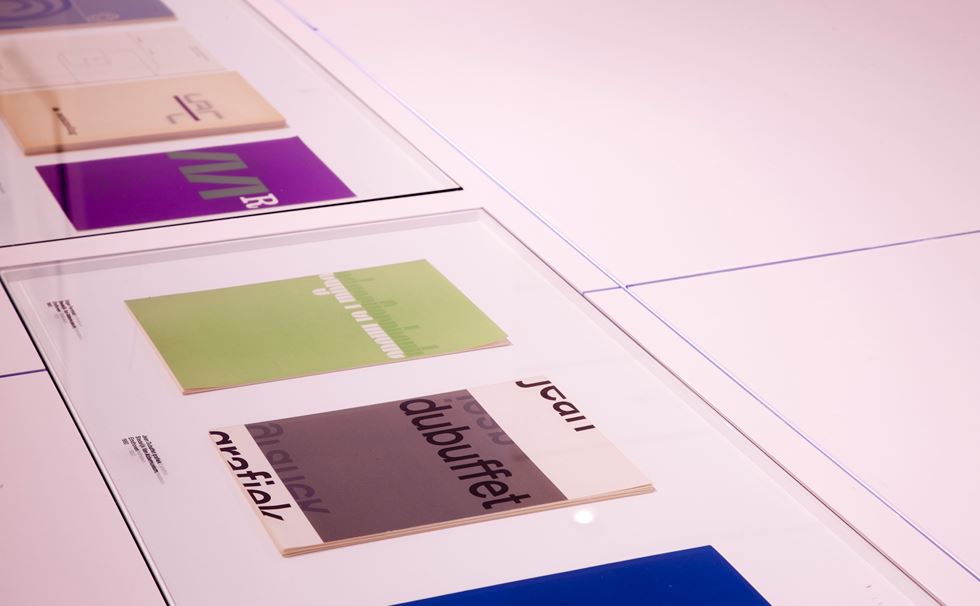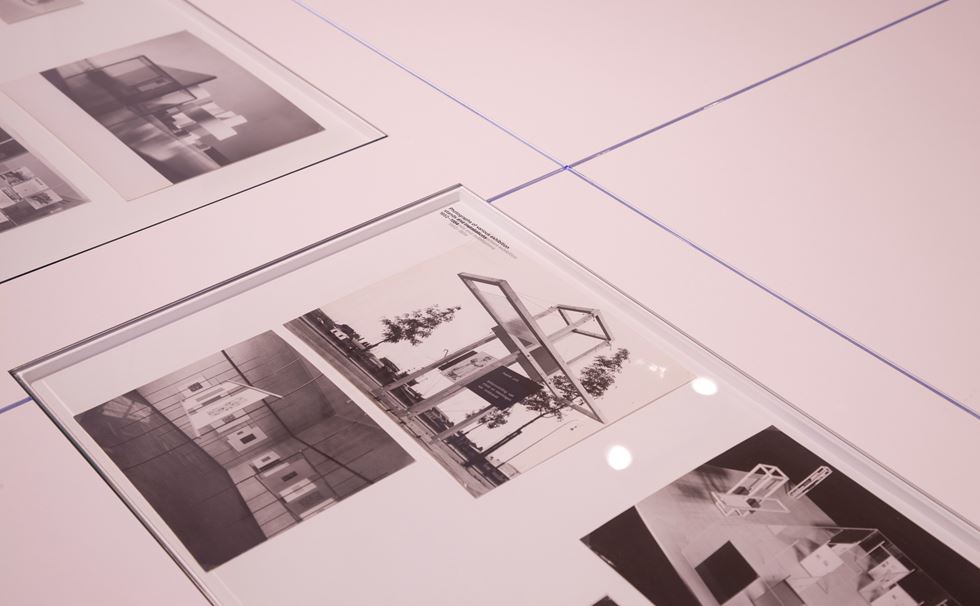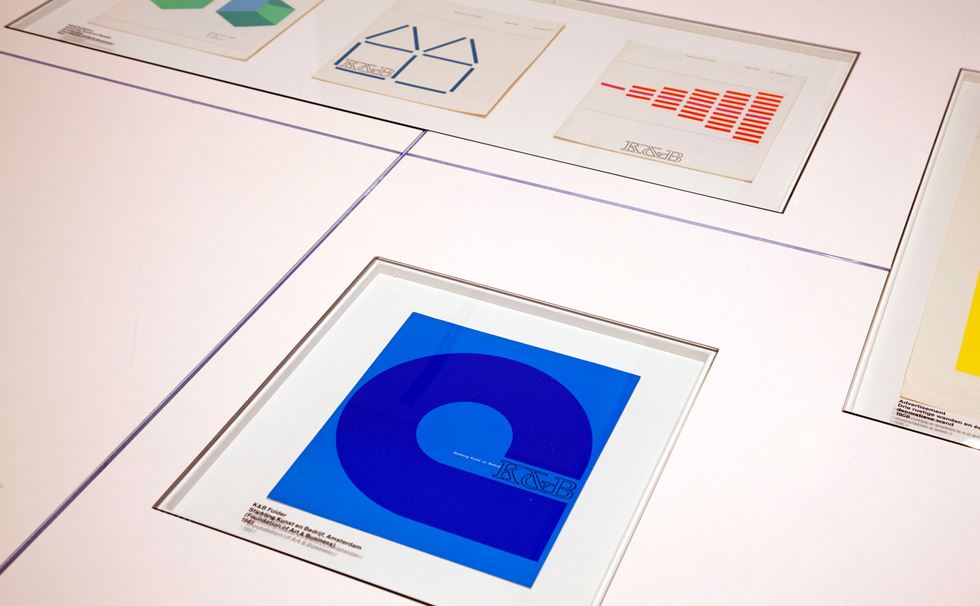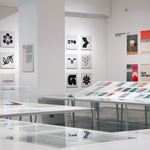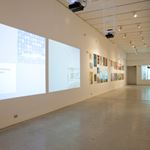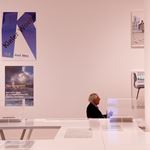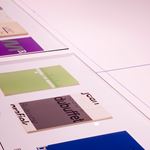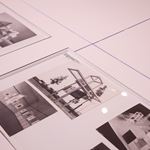Profile
Wim Crouwel
The career of Dutch designer Wim Crouwel spans six decades and covers an extraordinary journey from designer, teacher, curator to museum director.
Based on modernist principles, Crouwel's lucid and systematic approach to design is underpinned by a grid-based methodology. His process, logical yet experimental, distils a subject down to its absolute essence and in doing so he achieves great impact and purpose in both his exhibition and print design. Through his long and productive career he has produced exemplary work in exhibition design, and designed posters, calendars, typefaces, trademarks and stamps.
Beginnings
Born 1928 in Groningen, a small but culturally vibrant city in the north of Holland, Wim Crouwel was the son of a block-maker, within the printing trade. As a child, Crouwel was captivated by the austere beauty of electricity pylons, railway yards and overhead cables. A visit to the circus would be spent examining the construction of the big-top rather than the lions. At one stage, behind his futuristic silver-painted bedroom door, he built a scaled down circus tent. His education began at the Minerva Academy, Groningen where he studied fine art. The Academy was still focussed on arts and crafts-based techniques at this point, but Crouwel found inspiration in the concrete, glass and steel of what was one the first modernist buildings in the Netherlands. This was the beginning of a life-long passion for architecture.
Towards Design
In 1951, after two years of military service, Crouwel moved to Amsterdam. It was at this point that he chose to pursue a career in applied art as it offered more security than fine art. Crouwel began his career in design as an exhibition designer. Through collaborating with designers with different disciplines he diversified his practice, giving him a platform to work on a larger scale. He began working for an exhibition company, Enderberg, learning from the designer Dick Ellfers. He then set up his own studio with the interior designer Kho Liang Ie. Through attending evening classes at the Academy for Applied Arts, he learnt the principles of typography through his tutor, Charles Jongejans, who also exposed him to modernist graphic design for the first time. As a graphic designer, Crouwel established a consistent and distinctive visual language, creating striking design solutions for a range of clients.
Modernism
The formal nature of Swiss design deeply affected Crouwel — clarity, structure and the employment of grids became key aspects in his visual language. Strong relationships were formed with like-minded Swiss designers early in his career and he became good friends with Gerard Ifert, Karl Gerstner and Josef Müller-Brockmann.
Van Abbemuseum, Eindhoven
One of the most significant and long-lasting working relationships of Wim Crouwel’s life began in 1954 when he met the then director of the Stedelijk Van Abbemuseum, Edy de Wilde. The two formed an amicable connection, sharing an interest in abstract art and appreciation for the value of good design. De Wilde appointed Crouwel as the sole designer for the museum, giving him complete creative autonomy and fully supporting his approach to design. The posters and catalogues designed for the Van Abbemuseum saw a significant conceptual development in Crouwel’s approach. He created bespoke, hand-drawn, typographic images to evoke the subject matter or work of the artist.
Total Design
Crouwel was one of the five founders of Total Design, a multidisciplinary design studio set up to work on major design commissions. The name Total acknowledges the mixed skill-set of the partners. Together their diverse experience enables them to execute both complex and wide-ranging projects for a variety of clients, from industry, trade, government and cultural sectors.
Stedelijk Museum, Amsterdam
Crouwel established a grid-based methodology for the Stedelijk, a system which he applied rigorously from 1963 to 1985. This approach gave the Museum’s publicity material huge flexibility, while retaining a recognisable visual language.
Experimental Typography
Crouwel is recognised for the creation of radical, modular letterforms. Pushing the boundaries of legibility, Crouwel’s innovative type was often supported by easily read sans serif typefaces within a carefully structured framework. His typefaces were digitised by the Foundry in the late nineties and are available for designers to use digitially from the type library.
Designer, Director, Teacher
In 1985, Crouwel’s career took a new direction following appointment as a director at the Boijmans van Beuningen Museum in Rotterdam. In this role he commissioned the British studio 8vo to fulfil the design requirements of the museum. He retired from this position in 1993. Crouwel continues to design intermittently on a diverse range of projects for both graphic and exhibition design commissions.
Image Credits
Graphic Odyssey exhibition, Design Museum, photography by Luke Hayes

